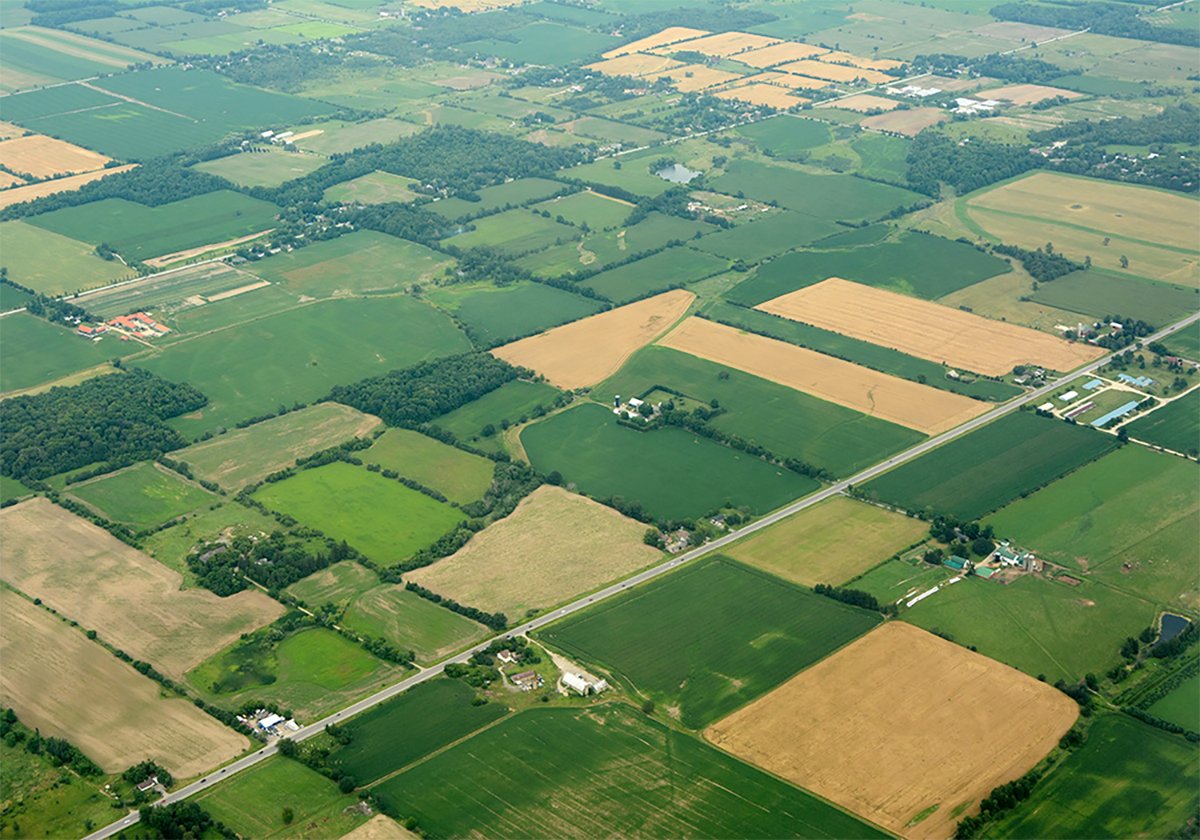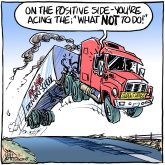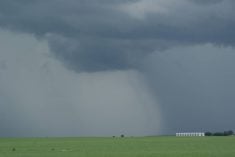Late one night last week, CBC’s Prime Time Magazine presented an interesting side of journalism.
The whole show was devoted to audience feedback on an earlier interview done by a CBC reporter with the French and Mahaffy families, whose daughters were brutally killed by Paul Bernardo.
The sensational trial had attracted attention across the country. The interview a few weeks ago with CBC was the first time the families spoke directly to the media after the verdict.
The interview was good, compelling drama. The reporter asked some pointed questions. The families were open with their feelings, tears were shed, there was a proper mixture of wide-angle and close-up shots of the two sets of parents, as well as the reporter.
Read Also

Higher farmland taxes for investors could solve two problems
The highest education and health care land tax would be for landlords, including investment companies, with no family ties to the land.
The riveting show sparked letters, phone calls and e-mail. CBC decided to compile coast-to-coast feedback.
People from all walks of life and of all ages had their letters read, or else they used a few minutes to speak into the camera themselves about what they thought of the families’ courage, Bernardo and the justice system.
They mainly commented on the media coverage of the trial and the CBC interview itself.
The reaction was mixed. Some people praised CBC for its professionalism, integrity and sensitivity in dealing with the families; others expressed disgust, loss of respect and scorn for CBC’s tactics.
It was hard to believe it was the same interview, but it also showed how things can be different in the “eyes of the beholder.”
Every day journalists do interviews and need to ask tough questions. This is usually the unseen side of journalism.
The CBC show was a good example of how the same questions can be judged by a third party as either harsh or sensitive, sensational or professional. Perhaps that’s the sign of a good journalist.














